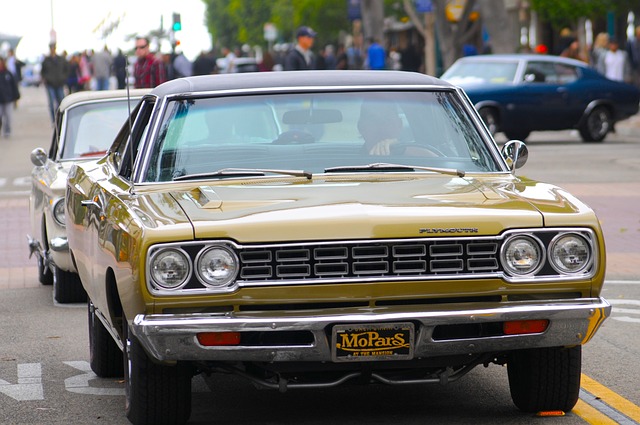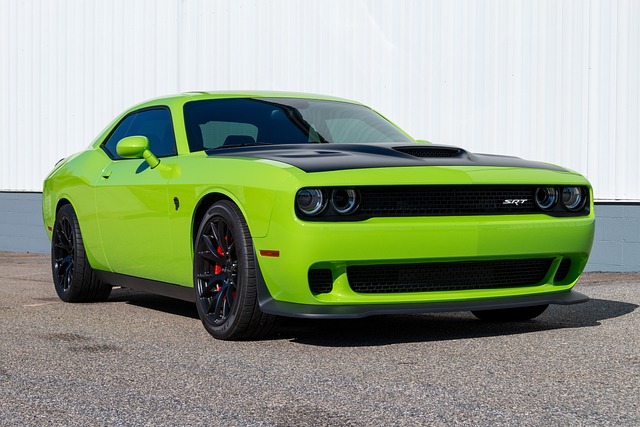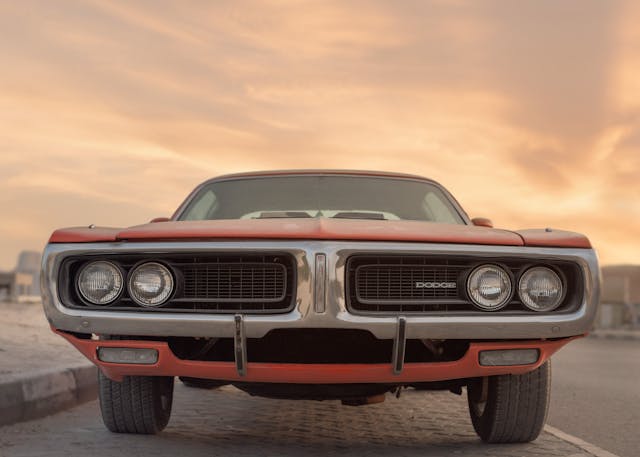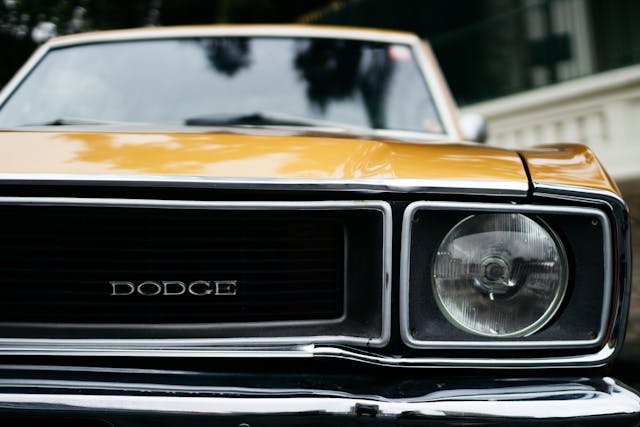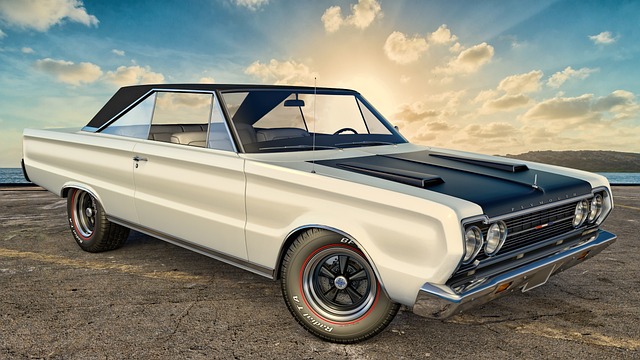Is Dodge’s New Electric Muscle Car A True Path Forward Or A Stop-Gap?
Overview
The Charger muscle vehicle returns to the Dodge range in 2025, but it’s more than just fresh tires: it’s available in two body designs. The range will include a four-door sedan, like it did in the previous generation, as well as a two-door fastback coupe. The HEMI V-8 engine from the previous model has been replaced with a twin-turbo inline-six with 420 or 550 horsepower that powers standard all-wheel drive.
The 2025 Charger’s style is primarily influenced by Dodge muscle vehicles from the 1960s and 1970s, and the designers have also integrated throwback elements within the interior. The dashboard takes its layered appearance from the 1968 Charger, and an old-school pistol-grip shifter sprouts from the center console. The technology within the interior, of course, is light years ahead of anything engineers in the 1960s could have imagined, with a 10.3- or 16.0-inch digital gauge display and a 12.3-inch infotainment screen. The 2025 Charger comes included with driver-assistance technology that would have sounded futuristic in the 1960s, including as adaptive cruise control, traffic sign recognition, and lane-keeping assist. The new Charger will go into production in early 2025 and should be in Dodge dealerships soon thereafter.

What’s New in 2025?
In short, everything. The Charger has been completely revamped, and despite its antique look, it is a contemporary muscle vehicle. So current, in fact, that an electric version named Charger Daytona will be available alongside the gas-powered counterpart. We examine the Charger Daytona individually.
Pricing and Which One to Buy
The pricing of the 2025 Dodge Charger is estimated to range from $40,000 to $50,000, depending on trim and extras.
At launch, the Charger will be available in either Standard Output (S.O.) or High Output (H.O.) variants. We don’t have all of the details yet, but the Sixpack H.O.’s 550 horsepower is an appealing 130-hp improvement. When the 2025 Charger goes on sale, Dodge will most likely offer trims like Scat Pack, GT, and R/T, but no specifications have been announced.
Engine, Transmission and Performance
The Charger is equipped solely with a twin-turbocharged inline-six known as the Hurricane, which is also available in the Jeep Wagoneer and Grand Wagoneer. The Sixpack S.O. produces a hearty 420 horsepower. Going with the Sixpack H.O. model increases horsepower to 550 ponies. The H.O. is not the most powerful Charger model, however. That distinction goes to the electric Charger Daytona, which can be equipped with up to 670 horsepower; we will look at that model separately. The gasoline-powered Charger is equipped with all-wheel drive and an eight-speed automatic gearbox. When we have an opportunity, we’ll take the Charger to our test track and report back on the acceleration findings.
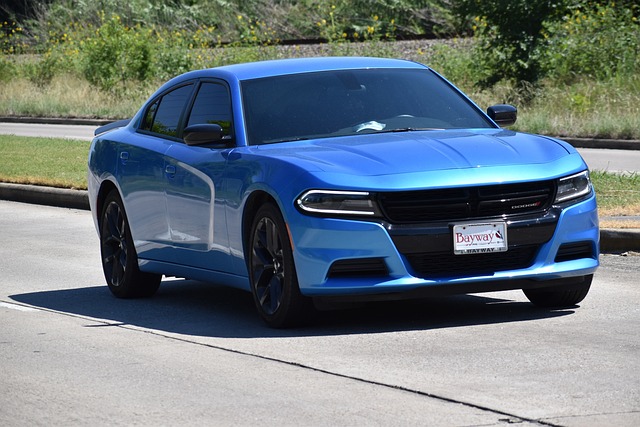
Interior, Comfort and Cargo
The Charger’s interior combines classic and contemporary elements. The layered dash design is reminiscent of the late 1960s Dodge Charger, as is the pistol-grip shift lever for the automatic gearbox. Other features include digital displays and adjustable ambient lighting, indicating that this is a contemporary charger. Bucket seats in the front looks big and comfy, but if you intend to often transport more than one other person, we recommend the four-door since its back seat appears to be larger than the coupe’s. Cargo space should be ample, given both the two- and four-door variants have a rear liftback configuration rather than a regular trunk. It should provide for simple access to the storage area behind the back seat.
Entertainment and connectivity
All variants will come with a 12.3-inch infotainment touchscreen that will use Dodge’s Uconnect 5 software. A 10.3-inch digital gauge cluster is standard, however it may be upgraded to a bigger 16.0-inch unit on some versions. SiriusXM satellite radio, in-dash navigation, and Amazon’s Alexa speech assistant are all available. Dodge has not confirmed this, but we anticipate wireless Apple CarPlay and Android Auto as well. Two Alpine stereo systems will be available, including one with 18 speakers.
Safety and Driver Assistance Features
Standard driver-assistance features include blind-spot monitoring, adaptive cruise control, and automatic emergency braking. More sophisticated technologies, such as a curb-side camera system that aids in parallel parking, are optional. For additional information on the Charger’s crash test results, see to the National Highway Traffic Safety Administration (NHTSA) and Insurance Institute for Highway Safety (IIHS) websites. The key safety elements are:
Standard automatic emergency braking with pedestrian detection.
Standard lane departure warning with lane-keeping assistance.
Standard adaptive cruise control with a lane centering function.
Warranty and Maintenance Coverage
The Charger has mediocre warranty policies for its class. Neither the Dodge nor its major competitor, the Ford Mustang, provide a comprehensive planned maintenance package as standard.
The limited warranty covers three years or 36,000 miles.
The powertrain warranty covers five years or 60,000 miles.
No free planned maintenance.
We’ll update this article with additional information as it becomes available, including:
- 0-60 MPH Times
- Fuel Efficiency and Real-World MPG
What We Know: Impressive Technical Pedigree
Both versions include standard all-wheel drive and a number of innovative features, including Donut Mode and Drift Mode driver settings, a “Power Shot” 40 hp boost that lasts 15 seconds, and a data recorder that is synced with video and audio recordings. In terms of acoustics, these electric muscle cars make “Fratzonic Chambered Exhaust” sounds, which make them sound like internal combustion vehicles. A head-up display, a 16-inch digital gauge cluster, and sophisticated driver-assist features—never seen on a previous Charger—confirm the high-tech character of Dodge’s newest muscle vehicles.
What we don’t know: weight and cost.
So, we know the new automobiles are quick. And, personally, I think they look great. We also know they have a 260-mile range (Charger Daytona Scat Pack) or a 317-mile range (Charger Daytona R/T) thanks to a 100.5 kW battery that charges from 20 to 80 percent in 27 minutes — presuming the driver has access to a different kind of fast charger. However, such a long range from such a little battery comes at a cost and a weight that must be avoided. Dodge has not revealed those numbers, but they are expected to be high. I’m guessing about 5,000 pounds and at least $60,000 as a starting price.

Compliance Cars: Pre-Empt Combustion Cars?
If these electrified cars were the end of Dodge’s performance potential, I would be quite concerned. However, the corporation is wise enough not to bet everything on electric vehicles. The twin-turbocharged inline 6 “Hurricane” engine, which has previously proven itself in many Jeep and Ram vehicles, will return in the 2025 Charger, preferably without the Fratzonic Chambered Exhaust system. The Hurricane is an extremely powerful engine, with 550 horsepower from 3.0 liters and far greater fuel economy than the previous Hemi V8.
We’ll examine where the 2025 internal-combustion-powered Charger ranks in terms of price and weight. And we’ll see whether a non-V8 Charger with a non-amplifier-powered exhaust tone still appeals to Dodge’s core customer base. But, like many Dodge fans, I’m hoping for the reintroduction of the V8. Perhaps in the future, a limited edition Challenger will be marketed in such low amounts that Dodge’s EPA compliance efforts will be unaffected. We all know that a free-market-driven Dodge would not go this approach. And we all know that this is true for the majority of conventional auto makers that are introducing EVs today.
Does the market still have a say?
We’ve seen a lot of “pivots” lately, such as GM and Mercedes-Benz abandoning their all-in EV plans and Ford declaring it would make V8s for as long as consumers want them, all in reaction to market demand for EVs. Stellantis (Dodge’s parent company) engineers designed the new Charger’s chassis to accommodate internal combustion drivetrains. Did they realize the unrealistic rush to EVs would be short-lived? Does the consumer still have a voice in what automakers produce? I have a hunch we will find out sooner rather than later, and the previous few months have been positive.

